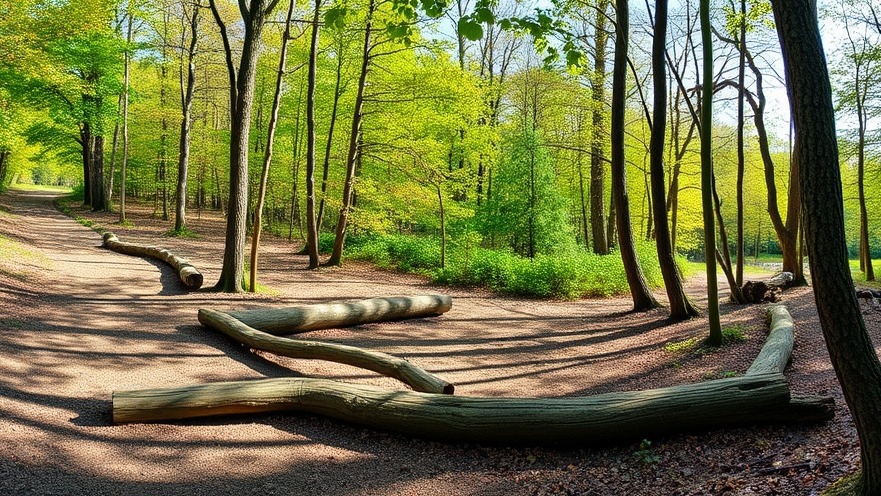
Texas Takes Bold Steps Towards Conservation and Recreation
With the recent acquisition of land for new state parks, Texas is embarking on an ambitious journey toward expanding its public spaces. Over the years, Texas has struggled with limited state park acreage, ranking 35th in the nation per capita. This significant investment, made possible by the $1 billion Centennial Parks Conservation Fund approved by voters, aims to reverse that trend and provide more recreational opportunities for residents across the state.
The Future of State Parks: Post Oak Ridge
The new land, which will soon become the Post Oak Ridge State Park, includes approximately 1,100 acres in Lampasas and Burnet Counties and boasts picturesque Yancey Creek. Andy Sipocz, a seasoned biologist with the Texas Parks and Wildlife Department, highlights the importance of meticulous planning. The team initiated ecological assessments and surveys to determine the ideal placement of trails and facilities—ensuring the preservation of natural resources while enhancing visitor experiences.
The Legacy of Lost Parks and Public Support
Texas' commitment to expanding its park system comes on the heels of losing the Fairfield Lake State Park to privatization—a move that ignited public outcry. Many believe this event has strengthened the case for purchasing state land to shield it from similar fates in the future. This expansion not only addresses environmental concerns but also resonates with Texans who value access to nature and outdoor activities.
Acquisitions That Will Shape Texas' Outdoors
Besides the Post Oak Ridge site, the Centennial Fund is associated with several other notable acquisitions, including a 2,020-acre parcel in Burnet County alongside the Colorado River and a 3,073-acre enhancement to the Enchanted Rock State Natural Area. Together, these efforts underline a strategic movement toward increasing existing park space and enriching ecosystems, which are vital for the health of local wildlife and residents.
Engaging Citizens in Conservation
Public involvement is crucial to the sustainability of Texas parks. The projects under the Centennial fund not only focus on land acquisition but also emphasize community engagement. Programs that encourage volunteerism and participation in conservation efforts will create not just park visitors but stewards of the land. Educational initiatives detailing the ecological significance of these parks will foster a deeper connection between residents and their natural surroundings.
A Path Forward for Future Generations
As Texas moves forward, the goal is clear: transform its park system to meet the needs of a growing population. With a target of adding 1.4 million acres of state parks by 2030, there is a promise of improvement in access to recreational spaces for all Texans. Saving parks is not merely about preserving land; it’s also about ensuring quality of life for present and future generations.
Conclusion: Why This Matters to All Texans
The new initiatives backed by the Centennial Parks Conservation Fund represent a pivotal moment for Texas. Investing in parks is investing in the communities they serve. Those who appreciate nature and the outdoors see this as a chance to enrich their lives and improve state resources. As Texans celebrate these changes, it is important to actively engage with these new parks, advocate for their continued preservation, and foster a love for Texas's natural treasures.
 Add Element
Add Element  Add Row
Add Row 



Write A Comment